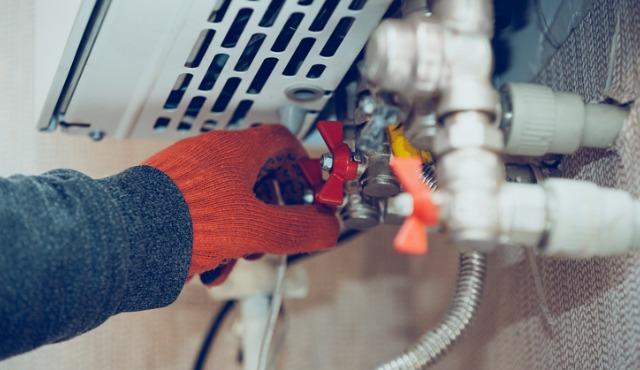By Rachelle Wilber
Your water heater is one of the most important appliances in your home. After all, only a few of us would be willing to take freezing-cold showers! But how much do you know about your water heater? We’re here to fill you in on five little-known parts of your water heater and what they do.
Cold Water Inlet Pipe
This pipe connects directly to the water main and brings cold water into the tank. The cold water then gets heated up by the internal components and sent out through the hot-water outlet pipe. It’s important to check this periodically for any leaks or corrosion, as it can lead to costly repairs down the line.
Pressure Relief Valve
Also known as a T&P valve, this device is designed to release pressure build-up within the tank if it exceeds a certain level. The valve is connected directly to the tank. So if you ever hear hissing sounds coming from your heater, that could indicate that there’s too much pressure inside and it needs to be released. Your plumbers can assist in helping to ensure this valve is working properly.
Anode Rod
This rod is made of magnesium or aluminum and sits inside the tank surrounded by an electrolyte solution (usually a mixture of baking soda and vinegar). Its purpose is to attract corrosion away from other metal components inside the tank, thus protecting them from rusting out prematurely. It will need replacing every 2-3 years, depending on how hard your water is.
Dip Tube
This tube runs from near the top of your tank down into its base, which attaches to a fitting at its end. Its job is to ensure that only cold water enters the bottom of your tank while hot water flows through an outlet at its top. It should also be checked regularly for signs of leakage or wear and tear since any damage could result in lukewarm showers instead of hot ones.
Gas Burner/Electric Heat Element
Depending on how your model is powered, you may have either a gas burner or an electric heat element located at the bottom of your tank, which supplies heat energy used for heating up incoming cold-water supply. Make sure this part gets inspected often since faulty components here can cause serious safety issues if left unrepaired for too long!
Knowing more about these five parts can help you keep a better eye on their condition throughout their lifespan. Of course, regular maintenance checks are still recommended, but identifying these components will make it easier for you when troubleshooting problems with your system! If all else fails, don't hesitate to call in professional help. After all, nothing beats having an expert handle any complex repairs that may arise due to wear and tear over time! With proper care and attention, you'll be able to enjoy hot showers with peace of mind knowing that everything behind them is working just fine.
 Rachelle Wilber is a freelance writer living in the San Diego, California area. She graduated from San Diego State University with her Bachelor's Degree in Journalism and Media Studies. She tries to find an interest in all topics and themes, which prompts her writing. When she isn't on her porch writing in the sun, you can find her shopping, at the beach or at the gym. Follow her on twitter: @RachelleWilber
Rachelle Wilber is a freelance writer living in the San Diego, California area. She graduated from San Diego State University with her Bachelor's Degree in Journalism and Media Studies. She tries to find an interest in all topics and themes, which prompts her writing. When she isn't on her porch writing in the sun, you can find her shopping, at the beach or at the gym. Follow her on twitter: @RachelleWilber








